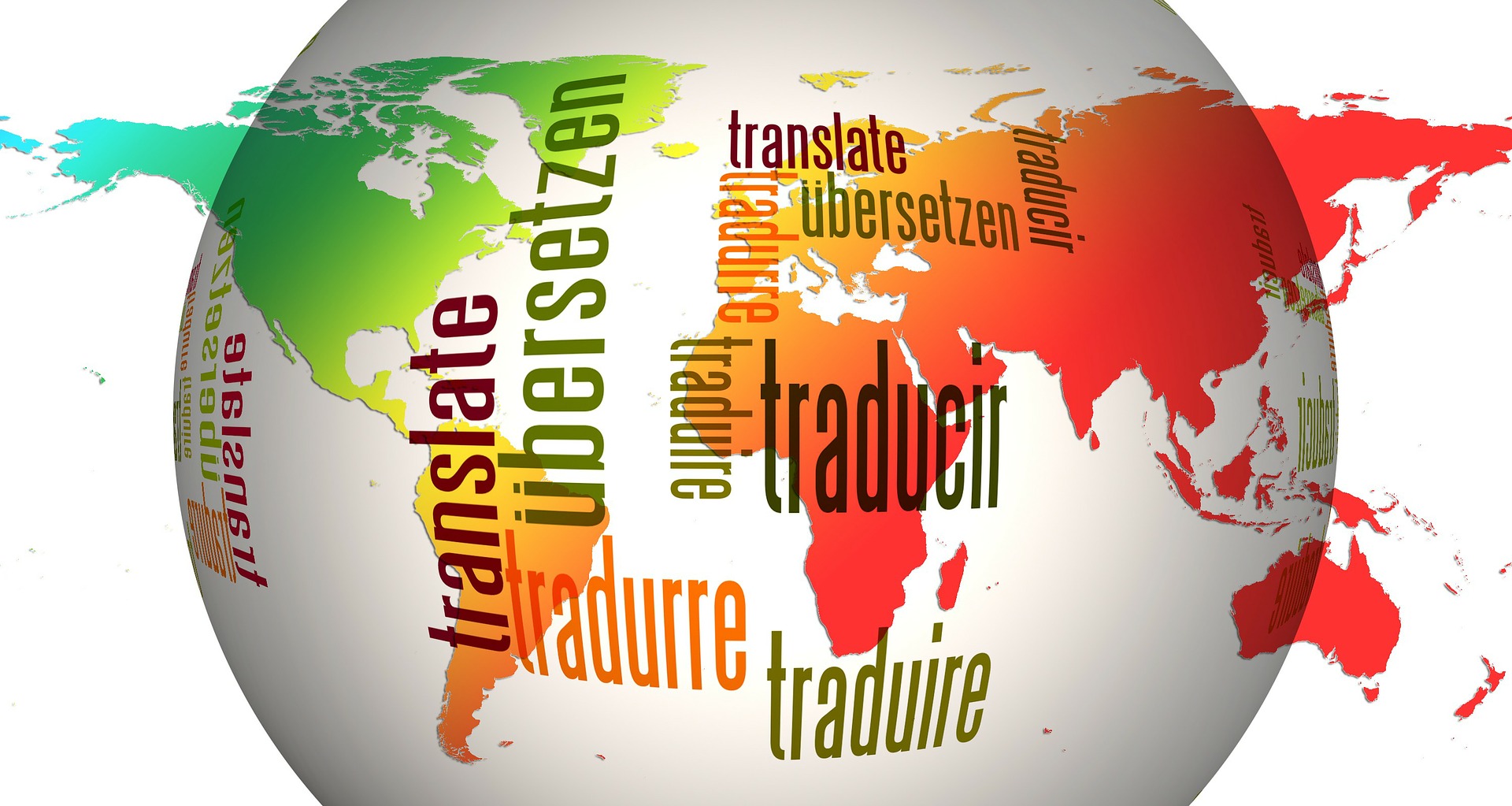We all know the horror stories that come from “hiring” Google Translate to do your translations or relying on low cost firms to get the job done. That could be why Pepsi once became a tool of necromancy in China and Schwepps advertised itself as “toilet water” in Italy. Such mistakes can frighten off thousands of customers and drastically reduce sales in the process. Today, we’ll be looking at 14 other common translation pitfalls, mostly internal, that can stagnate your company’s global growth and reduce translation efficiency:
1. FAILING TO PINPOINT THE SOURCE OF VALUE CREATION
Once all the costs have been sorted, you will be asked the most important question: Why? While not pausing to consider your end goal may get you translating quickly, it will result in a localization plan that’s disjointed, aimless, and lacking demonstrable results. Present, maintain, and adhere to a goal driven plan.
2. BEING TOO TIGHT LIPPED
While security is important, it’s vital that information be shared with other stake holders: sponsors, project managers, software designers, and web designers. To promote greater engagement, ensure each person understands his or her role in the translation process. This will ensure you avoid some of the most common translation pitfalls.
3. LAUNCHING WITH AN UNCLEAR TARGET MARKET
Designing a marketing plan based solely on language and country of origin would result in something overly broad, disjointed, and irrelevant. As a result, audience engagement would suffer. Make certain that your localization plan includes plans for market penetration and accounts for your target audience’s customs, trends, and values.
4. FAILING TO CONSIDER YOUR COMPETITION
You’re not the only business going global. Benchmark yourself against the competition and adjust your marketing positioning strategy accordingly. Doing so after you’ve entered a market wastes resources and may leave you unprepared to face the competition.
5. DEMANDING FULL TRANSLATION OR NONE
Don’t think of website translation as an all or nothing approach. Doing so will either force your company to absorb a large upfront expense or delay your launch until resources appear. Consider providing your multilingual audience, at first, with a scaled back version of your content. As time goes on, you can add features, web pages, and services.
6. DEMANDING UNNECESSARY EQUIVALENCES
Don’t treat all markets the same. For some markets, your Mexico-centric press release means nothing. Allocate your workflows to prioritize the most important pieces, for the most vital markets. In doing so, you’ll lessen the workload and better justify your company’s investment.
7. FOCUSING SOLELY ON YOUR WEBSITE
Go beyond the website and work to provide your international customers the complete brand experience. For mobile markets, you should prioritize application localization.
8. PICKING AN OPAQUE TRANSALATOR
The translation industry is not known for its clarity. When starting your hunt for a translator, it’s advisable to add “translation transparency” to your search criteria. This will give you a clearer understanding of fee structures and just who you’re working with and help you avoid common translation pitfalls.
9. NOT HAVING THE NUMBERS
You need to create a team that focuses on managing, measuring, and improving, your translation results. You should be able to quantify your average turnaround time and failure rate. Data grants you a subjective window into how your project is progressing from month to month.
10. NOT HAVING A COLLABORATIVE SPACE
Don’t even try to run a translation project out of your inbox! Find a modern collaboration space you, and the translator like, and stick to it. This will cut down on translation time and make it easier to stay on track. Additionally, as you can easily keep track of project milestones, you’ll be able to see where jobs are getting stuck and quickly determine the source of any delays.
11. POOR TRANSLATOR-CLIENT COMMUNICATION
A lack of meaningful dialogue is at the core of many unsuccessful translation projects. Provide your translation team a clear process for relating questions and suggestions to your team.
12. A LACK OF VISUAL CONTEXT
Don’t let your translation team work blind. If the company permits it, supply your vendor with a mock-up of your website beforehand. Granting them visual perspective helps to limit judgment calls regarding page formatting and semantics.
13. WORKING WITHOUT TRANSLATION MEMORY
If set up with the proper technology and software in place, localized content could be something that earns your company compound returns. Select a translator that offers a translation memory tool. That way, you’ll never have to translate the same page twice.
14. BECOMING COMPLACENT
Translation is not a project; it’s a process. Listen to your analytics and follow the tides of the evolving media. Never let your localization work become mundane and dry. Never stop experimenting.
For professional translations into Swedish, please contact Swedish Translation Services.
Check also:



